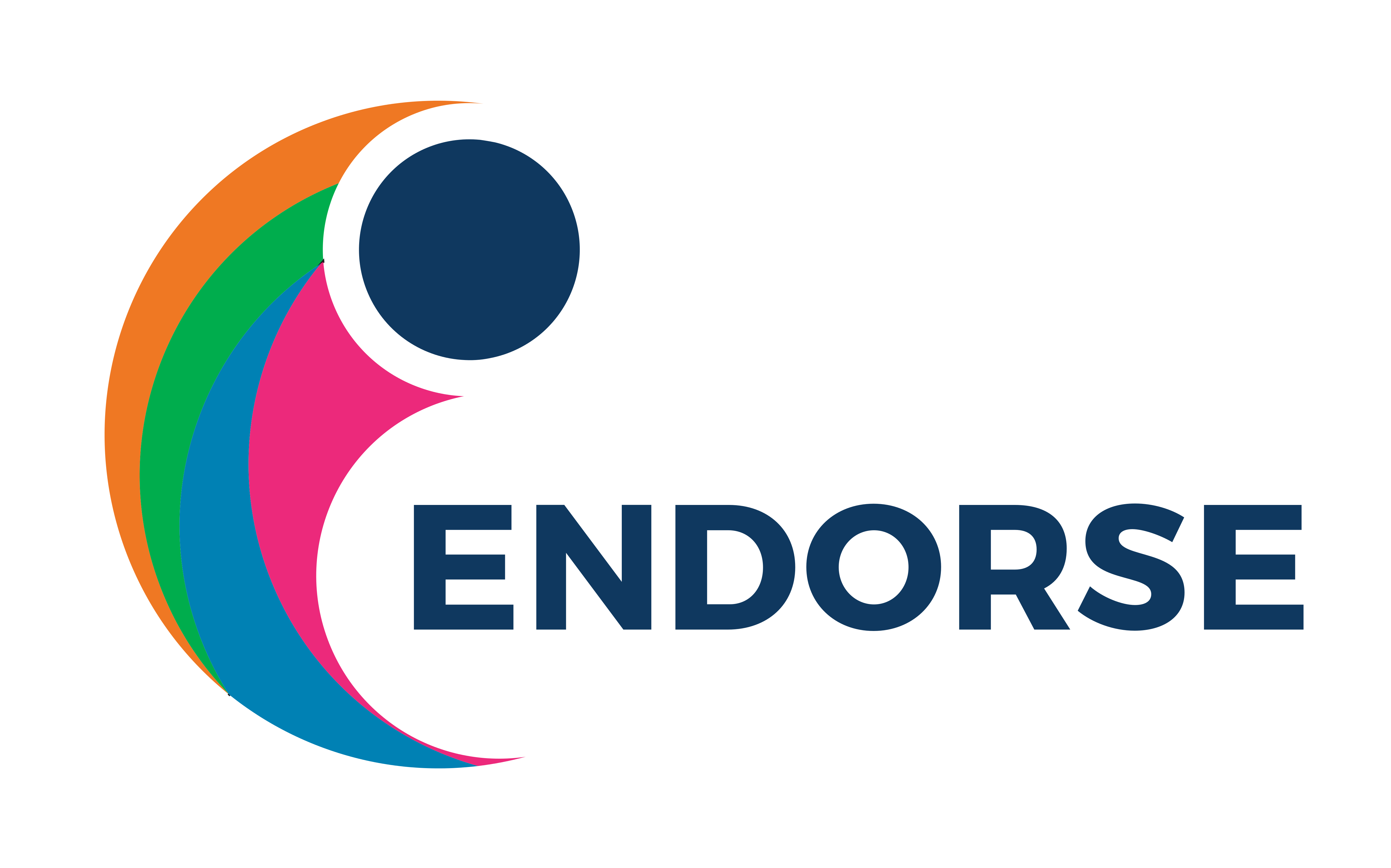What is it?
Project-Based Learning is a teaching method in which students learn by actively engaging in real-world and personally meaningful projects. Students work in teams on a project over an extended period of time that engages them in solving a real-world problem or answering a complex question. They demonstrate their knowledge and skills by creating a public product or presentation for a real audience. As a result, students develop deep content knowledge as well as critical thinking, collaboration, creativity, and communication skills. Project-Based Learning is more than just “doing a project” and requires critical thinking, problem-solving, collaboration, and various forms of communication.
Note: A similar concept is problem-based learning, which is a more teacher-led and pre-defined approach.
The process typically involves the following steps:
- Launching the projects – an engaging and open task with clear criteria for the final outcome
- Identifying the resources available and needed to develop the project, including the knowledge required
- Providing input and support for students to master the task (scaffolding)
- Break down the process into subtasks (benchmarks),
- Iterating prototypes of the results and providing feedback on the results,
Presenting the final product
How to use it in the ENDORSE course?
Project-based learning can be applied to a sub-section of the entrepreneurship course, such as situation analysis, target group modelling or pitch preparation.
Alternatively, the whole course can be implemented as project-based learning, with the final outcome being the students’ business plans. The process should be divided into relevant benchmarks (subtasks), e.g. situation analysis, business idea, prototype development, etc. These phases would be accompanied by scaffolding activities such as lectures, meetings with experts, workshops, coaching sessions, job shadowing or other forms.
Tips
Let go of Your Teacher Role
For most teachers it is a big challenge to leave their traditional role and let the students lead the process. Therefore, it is important to change your mindset.
Allow students to make mistakes and learn from them. Provide space for honest, meaningful and constructive feedback to facilitate the learning process. The Agile Retrospective Resource Wiki provides tools, such as Retrospective Surgery, that can be used in the reflection process.
Be an Expert and Facilitator
Good experts listen and provide answers to their clients’ problems. Bad experts are too eager to offer their expertise – whether asked or not. As John Milton says in The Devil’s Advocate:
“The worst vice is advice.”
You can formalise the process by offering office hours where you are available to answer students’ questions. Such an approach will have the added value of developing students’ skills in identifying problems and formulating them into meaningful questions. You can further sharpen this process by limiting the number of questions teams can raise in each session.
It is a challenge for project groups to organise their work effectively. Therefore, it is helpful to address not only aspects related to the content of the task, but also the processes by which the teams want to organise their work, including roles, responsibilities, decision-making processes, conflict resolution, etc., in the induction process, when the students start planning their work. These aspects should then be addressed in the reflection phases, e.g. teams could use the After Action Review method to improve their effectiveness.
Resources
PBLWorks offers a free toolkit (you need to register) for using project-based learning in business planning. The process is divided into 10 steps and the toolkit provides detailed tips and resources for each step.
1. Identify the learning goals you will teach and assess through students developing business plans.
2. Determine what type of business plans students will create.
3. Launch the project by sparking students’ interest and sharing the driving question.
4. Activate students’ prior knowledge of business plans.
5. Analyse exemplars with students.
6. Have students document their learning and capture ideas for their business plans.
7. Support students as they plan and draft their business plans.
8. Have students write their business plans (and develop their pitches).
9. Have students present their business plans.
10. Reflect and celebrate!
Here are some other useful websites to get you started:
- Harvard Graduate School of Education’ website Instructional Moves offers comprehensive information on project-based learning, including explanatory videos, links to research and resources.
- Magnify Learning is offers clear and applicable explanations, tips and resources on implementing project-based learning (mostly targeting school-level education).
- The Boston University Center for Teaching & Learning provides a good overview and establishes links between project-based learning and design thinking.
- The New Tech Network offers a helpful introduction to project-based learning.

